LisbonLisboaPortugal.com
The best independent guide to Lisbon
LisbonLisboaPortugal.com
The best independent guide to Lisbon
Lisbon in December: Is it a good month to visit?
Lisbon embraces Christmas with genuine warmth and enthusiasm, making December a wonderful time to visit the city. However, this month offers two distinctly different experiences depending on when you arrive.
The first two weeks preserve November's quiet, unhurried atmosphere. The city's Christmas markets have just opened and decorations are freshly hung, but tourism remains at its annual low - offering visitors a rare glimpse of Lisbon celebrating for itself rather than for an audience.
Around the third week, the city undergoes a dramatic transformation. What was subdued becomes celebratory as Portuguese families return home for the holidays and international visitors arrive for their festive breaks. The Baixa and Chiado districts buzz with energy as shoppers hunt for last-minute gifts, the aroma of roasted chestnuts fills the air, and the nightlife districts of Bairro Alto and Cais do Sodré overflow with revellers. This is Lisbon at its most festive - vibrant, crowded, and utterly alive with Christmas spirit.
A trip in December, therefore, presents a clear choice. A visit in the first half trades festive excitement for authenticity and significant savings on flights and accommodation. Arriving in the latter half means embracing the crowds and higher prices in exchange for experiencing one of Europe's most magical and spirited Christmas destinations.
This guide will help you navigate both sides of December in Lisbon, detailing how to enjoy the calm before the festive storm and how to immerse yourself fully in the city’s wonderful Christmas traditions
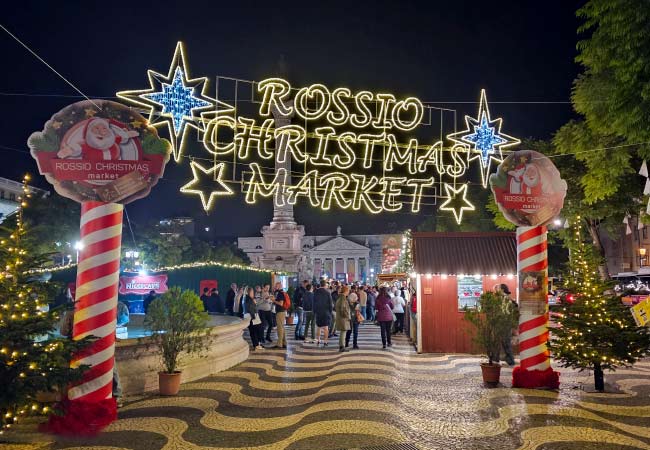
The Christmas market in Rossio plaza
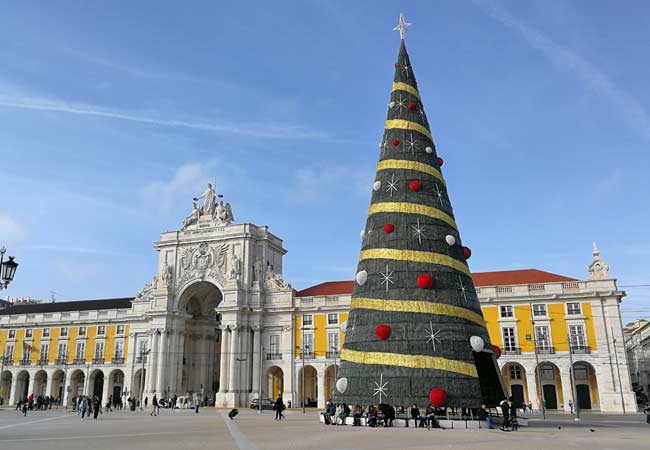
Lisbon’s Christmas tree in Praça do Comércio
Lisbon Weather in December
December represents the peak of winter in Lisbon, bringing some of the coldest, wettest, and darkest days of the year.
On average, December has daytime highs of 15C (59F), which fall to a chilly 9C (48F) at night. It is one of the wettest months, with rain expected on approximately 14 days, contributing to an average of 127mm of precipitation. Sunshine is at a minimum, with the city seeing only five hours per day.
The weather in December is often characterized by its unpredictability. Extended periods of grey, damp weather are common, but these can be broken by spells of clear, bright skies and surprisingly mild temperatures. When the rain arrives, it can vary from a persistent drizzle to heavier downpours blown in from the Atlantic.
For visitors, the most significant factor is the very limited daylight. With the sun setting before 5:30 pm for the entire month, there is significantly less time for outdoor sightseeing. The combination of frequent rain and short days means that a waterproof jacket and warm layers are essential for exploring the city comfortably.
Insight: Despite being the heart of winter, Lisbon’s climate remains significantly milder than almost any other European capital, making it an appealing destination for a festive city break.
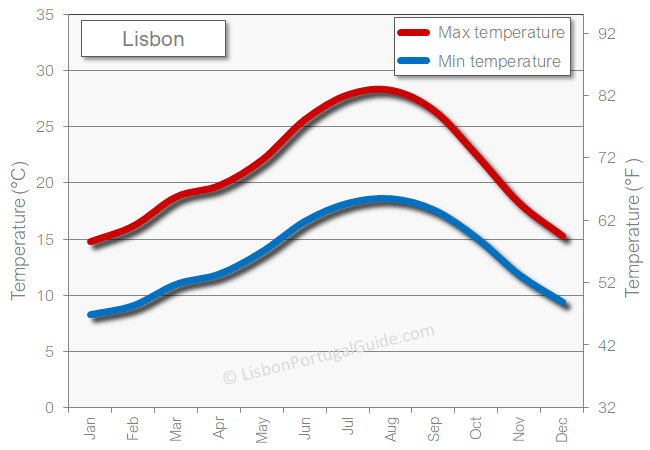
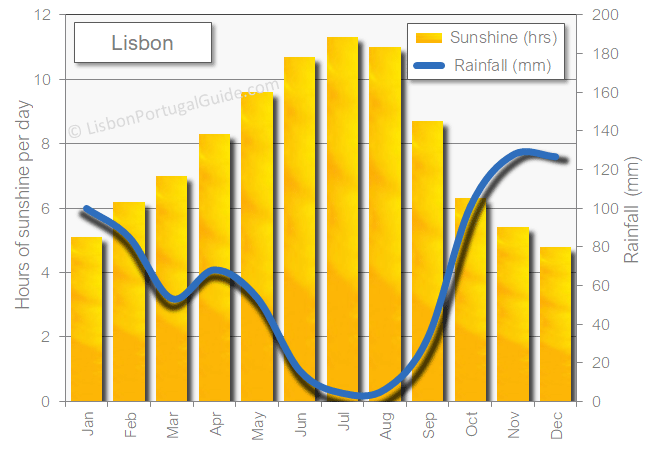
Highlights of Lisbon in December
December transforms Lisbon into a festive wonderland. While the weather is cool, the city is warmed by the glow of elaborate Christmas lights, the scent of roasting chestnuts, and a packed calendar of seasonal events. Highlights of a December trip include:
• Festive atmosphere: Stroll through the Baixa and Chiado districts after dark to admire the city's spectacular Christmas light displays. The main squares, particularly Rossio and Praça do Comércio, host traditional festive markets where you can shop for handicrafts and enjoy seasonal food and drinks.
• LX Factory for Unique Gifts: For unique Christmas shopping, head to the creative hub of LX Factory. The independent boutiques and concept stores housed in this repurposed industrial complex offer a fantastic selection of locally designed goods, art, and books, far from the typical high-street crowds.
• Oceanário de Lisboa: An ideal escape on a wet December day, this world-class aquarium is renowned for its innovative design. The main attraction is an enormous five-million-litre central tank, home to sharks, rays, and massive sunfish.
• Wonderland Lisboa: Get into the festive spirit at Wonderland Lisboa, the city's largest Christmas-themed park. Located in Parque Eduardo VII, it features a giant Ferris wheel offering fantastic city views, an ice-skating rink, and dozens of stalls selling gifts and seasonal treats.
• Jerónimos Monastery: A masterpiece of Manueline architecture, this UNESCO World Heritage site is a monument to Portugal’s Age of Discovery. Its highlight is the two-story cloister, where every column is intricately carved with maritime and royal motifs.
• A Festive Ginjinha: On a cool December day, enjoy a glass of Ginjinha, a sweet cherry liqueur that provides an authentic taste of Lisbon. Served from tiny, historic bars, this liqueur offers a welcome burst of warmth against the winter chill.
• Alfama & São Jorge Castle: Wander the maze-like streets of Alfama, Lisbon’s oldest neighbourhood, making your way up to the commanding São Jorge Castle. The clearer winter air often provides fantastic visibility from the castle walls, offering sweeping views across the city’s rooftops to the Tagus River - Alfama guide.
• Museu Calouste Gulbenkian: This celebrated museum houses a remarkable private collection that spans 5,000 years of art. Journey from ancient Egyptian artefacts to masterpieces by Rembrandt, Monet, and René Lalique, all displayed in an award-winning modernist building.

Lisbon at Christmas
Christmas in Lisbon is a memorable mix of solemn religious tradition and joyous public celebration. The city embraces the festive season not with commercial frenzy, but with a warmth and authenticity that is deeply Portuguese.
For the Portuguese, the most significant day is Christmas Eve, known as 'Véspera de Natal'. This is when families gather for the traditional Christmas dinner, the 'Consoada', and the centrepiece of this meal is typically Bacalhau (salted cod). After dinner, many families attend the 'Missa do Galo' (Mass of the Rooster) at midnight.
The festivities peak as the clock strikes midnight. In a tradition that differs from many other countries, this is the moment when presents are exchanged. Children stay up late as Christmas Eve turns into Christmas Day to receive their gifts, making the evening the true high point of the holiday for most Portuguese families.
Christmas Day itself is a much quieter affair, reserved for family and relaxation. For visitors, this means planning is essential. Public transport operates on a reduced schedule, and most museums, attractions, and shops will be closed. Many restaurants also shut their doors, so booking a table well in advance for Christmas Eve or Christmas Day lunch is highly recommended.
No Portuguese Christmas experience is complete without trying the Bolo Rei (King's Cake). This crown-shaped, brioche-style cake is studded with candied fruits and nuts and is a common sight in every bakery (pastelaria) window throughout December.
Nativity scenes (Presépios) are another cherished Portuguese tradition. You can find beautiful and elaborate Presépios displayed in churches across the city, most notably in the Sé Cathedral and the magnificent Basílica da Estrela.
Insight: The Portuguese for Merry Christmas is "Feliz Natal", and Happy New Year is "Feliz Ano Novo".
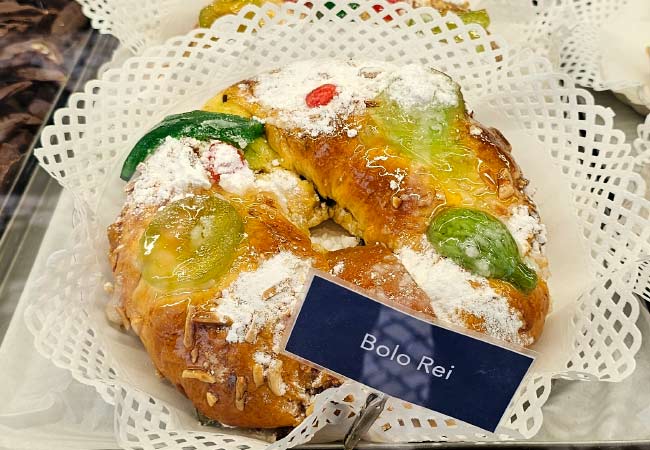
Have you booked your hotel yet?
The Christmas period is as busy as the peak summer season and the best accommodation options are sold well before the start of the holidays.
The map below displays available accommodation across Lisbon's neighbourhoods. Adjust the dates to match your December travel plans to see current rates and availability:
Booking.comLisbon's Christmas Markets
As Lisbon illuminates with festive lights, Christmas markets spring up across the city, becoming a central part of the December experience.
Wonderland Lisboa
The city's largest festive event is Wonderland Lisboa, held in the Parque Eduardo VII. This is much more than a market; it's a sprawling winter park complete with a giant Ferris wheel offering city views, an ice-skating rink, and dozens of stalls for food and gift shopping. It's a fantastic choice for families and those looking for a lively, modern Christmas event that runs throughout the month.
Rossio Christmas Market
For a more traditional experience, head to the Christmas market in Rossio square. Here, you can browse classic wooden chalets selling local handicrafts, unique gifts, and seasonal treats. Set against the backdrop of the beautifully lit National Theatre, this market offers a charming and classic festive atmosphere right in the heart of the city.
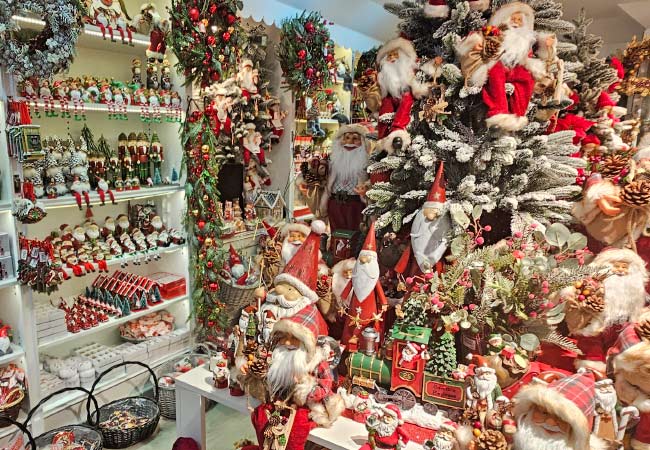
December's Events and Holidays
Restoration of Independence – 1st December
This national public holiday, Restauração da Independência, commemorates the end of 60 years of Spanish rule in 1640. It is a patriotic holiday marked by some official ceremonies, but it primarily serves as a day off for the Portuguese people.
Immaculate Conception – 8th December
Imaculada Conceição is a national public holiday and a holy day for the Catholic Church. It honours Mary, the patron saint of Portugal. The day is observed with religious services, and since it falls in December, it is often seen as the official start of the Christmas season.
Sintra in December
The idea of a magical winter day trip to Sintra is appealing, with most visitors hoping to explore Pena Palace and Quinta da Regaleira in the crisp air. However, a visit in December demands a practical and flexible mindset.
Sintra's mountain setting generates its own weather system, which is especially pronounced in the midst of winter. It is reliably colder and foggier than Lisbon, and the month's short daylight hours are often further reduced by heavy cloud cover clinging to the hills.
Attempting a visit in poor weather can strip the experience of its magic. The grand views for which Sintra is famous are completely obscured, the cheerful colours of the palace appear washed-out, and historic walkways become treacherous. The day can quickly become more about enduring the cold than experiencing wonder.
Therefore, it is vital to check the specific Sintra forecast before committing to the trip. A clear winter day brings the stunning reward of seeing the palaces without the crowds, but heading there in the rain is almost guaranteed to be a disappointing experience.
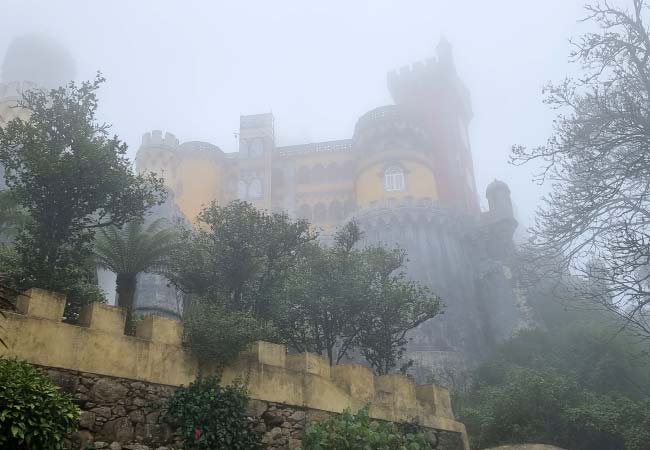
Sintra is often shrouded in fog, which can linger for the majority of the day
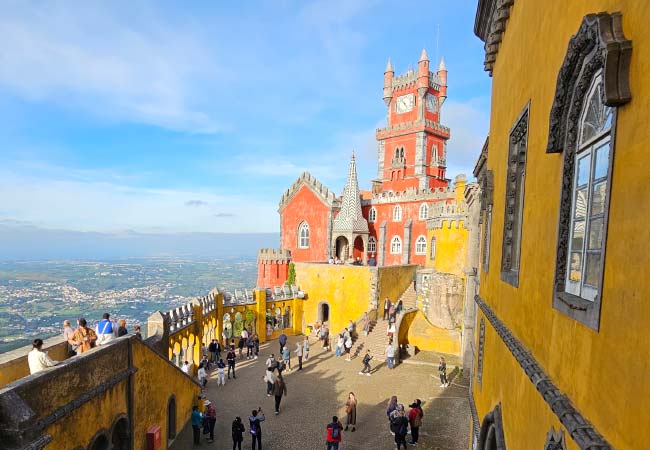
However, on a clear, sunny day, Sintra is a fantastic place to visit
What to do in Lisbon when it rains in December
While Lisbon's festive lights sparkle outside, a rainy December day provides the perfect excuse to explore the city's rich indoor cultural offerings.
The Museu Calouste Gulbenkian holds a world-class private collection spanning from ancient Egyptian artifacts to Impressionist art. For a uniquely Portuguese experience, the Museu Nacional do Azulejo reveals the country's beautiful tile-making history in a former convent. The Museu Nacional dos Coches (Coach Museum) presents a spectacular collection of ornate royal carriages. The magnificent Oceanário de Lisboa is a world-class aquarium, celebrated for its enormous central tank which brilliantly creates the illusion of one vast, open ocean.
Shopping provides another excellent escape from the weather. For hundreds of stores under one roof, head to the large Colombo Shopping Centre. For a more traditional experience, explore the elegant boutiques and historic bookshops of the Chiado district. Finally, a wet day is the best time to find a seat on the famous Tram 28, watching the city’s oldest neighbourhoods slide by from the dry comfort of your window.
For a more interactive experience, the immersive Quake museum vividly recreates Lisbon's great earthquake of 1755 through impressive exhibits. You could also spend an afternoon at the LX Factory, a creative hub where former warehouses shelter independent design shops, art galleries, and unique restaurants. Another great option is joining a Portuguese cooking class, where you can learn the secrets behind local dishes or master the art of the perfect pastel de nata.
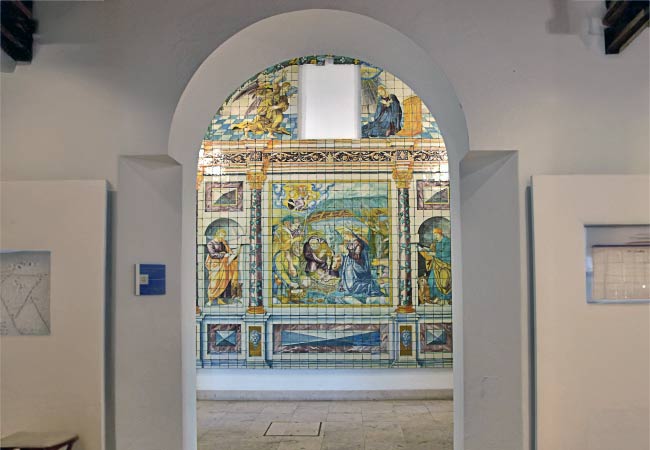
The Museu Nacional do Azulejo
A 5-Day Lisbon Itinerary for a December Visit
A visit to Lisbon in December offers a unique perspective on the city. The summer crowds have departed, replaced by a festive, local atmosphere. Crisp air, the scent of roasting chestnuts, and elaborate light displays create a distinct seasonal charm.
Day 1: Historic Alleys and Festive Plazas: Alfama and Baixa
The first day offers an introduction to two of Lisbon’s most significant districts. Your journey begins in the ancient, maze-like streets of Alfama before moving to the grand, orderly plazas of the Baixa downtown area. This contrast reveals the city's history of resilience and renewal.
Morning: Alfama
Alfama is Lisbon’s oldest district, a labyrinth of cobblestone alleys and steep stairways that survived the great earthquake of 1755. Exploring its streets on a crisp December morning gives a strong sense of the city's past. The low winter sun casts long shadows, highlighting the textures of tiled facades and historic stone.
Key to the Alfama experience are the miradouros, or viewpoints, such as Miradouro das Portas do Sol. These terraces offer panoramic views over the district's rooftops and the broad expanse of the Tagus River. Dominating the area is the formidable Lisbon Cathedral (Sé de Lisboa). Its stern, Romanesque fortress-like exterior gives way to a vast and peaceful interior, providing a quiet sanctuary from the bustling streets. Your exploration provides plenty of opportunities to find a small café for a warm drink and a local pastry.

Afternoon: Baixa
As a structured, grand counterpart to Alfama’s medieval layout, the Baixa district represents the ambition of 18th-century Lisbon. This elegant neighbourhood was completely rebuilt on a grid system after the earthquake and is defined by its neoclassical architecture.
The immense Praça do Comércio is the area's showpiece, a magnificent square that opens directly onto the riverfront. It is framed by striking yellow arcaded buildings and the monumental Arco da Rua Augusta. Passing through this triumphal arch leads you onto Lisbon's main pedestrian street, Rua Augusta, known for its traditional shops and intricate black-and-white mosaics of the calçada portuguesa pavement.
Nearby, the Santa Justa Lift stands as an ornate, wrought-iron elevator from 1902, offering a unique vertical perspective of the city. The day can conclude in Rossio Square, another of the city's great public spaces, notable for its grand fountains, bronze statues, and wave-patterned cobblestones. In December, this square is often home to a festive Christmas market, creating a cheerful atmosphere as dusk falls.
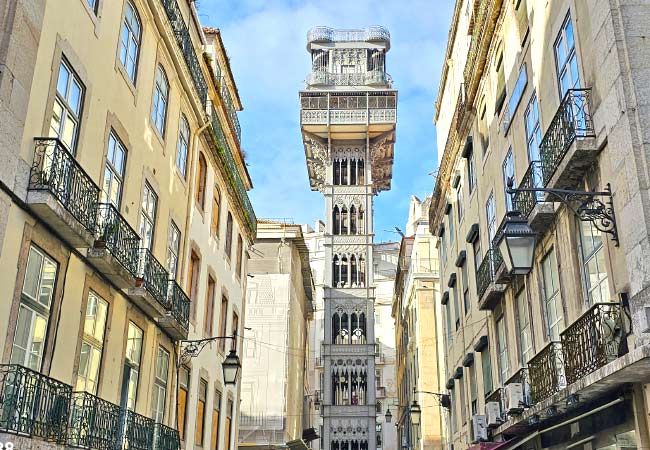
Day 2: Maritime Monuments and Modern Creativity
This day is dedicated to Portugal's golden Age of Discovery, followed by an immersion into Lisbon's contemporary arts and culture scene. The journey takes you from the monumental riverfront of Belém to the revitalised industrial quarter of Alcântara.
Belém Located west of the city centre, the district of Belém is synonymous with Portugal’s 15th and 16th-century maritime explorations. Its monuments possess a particular grandeur under the clear winter sky.
The Mosteiro dos Jerónimos (Jerónimos Monastery) is an extraordinary example of Manueline architecture, a lavish style rich with intricate stone carvings inspired by the sea and newly discovered lands. Its magnificent church and sprawling, two-story cloisters are a remarkable sight.
A short distance away, on the banks of the Tagus, is the iconic Torre de Belém (Belém Tower). This ornate 16th-century fortress once guarded the entrance to the city's harbour and has become a symbol of Lisbon. No visit to Belém is complete without stopping at the historic Pastéis de Belém bakery to enjoy its famous custard tarts, served warm and fresh from the oven, a perfect treat for a cool day.
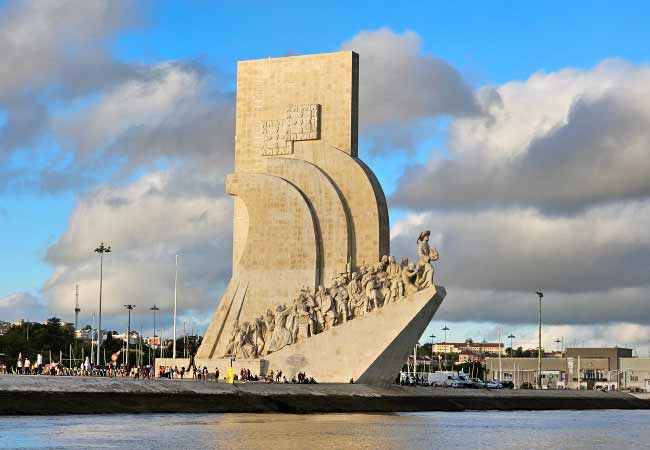
Alcântara: LX Factory - A striking contrast to Belém's historic grandeur can be found in the nearby Alcântara district. Here, LX Factory presents a different side of Lisbon's character. This is a former 19th-century industrial complex now transformed into a dynamic urban hub for creatives, designers, and entrepreneurs. You can explore independent shops, artist studios, and unique eateries housed within the old warehouses and factory buildings.
The raw, industrial aesthetic is preserved, creating a unique environment for discovering Portuguese design and innovation. A highlight is the Ler Devagar bookstore, a vast and inspiring space built within a former printing press, complete with towering walls of books and unusual mechanical sculptures.
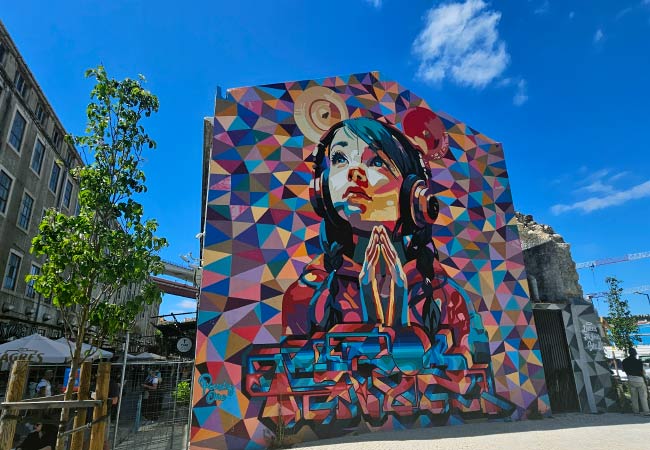
Day 3: A day trip to Sintra
A day trip to the palaces and hills of Sintra is a highlight of any visit, but in December, it is highly dependent on the weather. This excursion should be reserved for the clearest day of your stay, as a sunny winter day in Sintra is magical, while rain can obscure the magnificent views.
The two most popular attractions take on a unique character in winter. The Palácio da Pena, a fantastical Romanticist castle, stands on the region's highest peak. The low winter sun can cast a beautiful, warm light on its vibrant, colourful terraces, and the crisp air often provides exceptionally clear views across the landscape towards the coast. In contrast, the Quinta da Regaleira becomes even more atmospheric. A touch of mist swirling through the forested grounds of this mysterious estate only adds to its air of mystery, particularly when exploring its hidden tunnels, symbolic grottoes, and the famous initiation well that spirals deep into the earth.
Given the changeable weather and shorter daylight hours, selecting your destinations wisely is key. The Palácio Nacional de Sintra, located in the town centre and recognisable by its two giant conical chimneys, is an excellent choice as its extensive interior can be enjoyed in any weather. For a more rugged and historic experience, the ancient stone walls of the Castelo dos Mouros (Moorish Castle) snake along a high mountain ridge. On a clear day, it offers stunning views, but its exposed position makes it a site best saved for fine weather.
It is impractical to see everything in one day; choosing two or three main attractions will ensure a more rewarding experience of Sintra's unique winter charm.
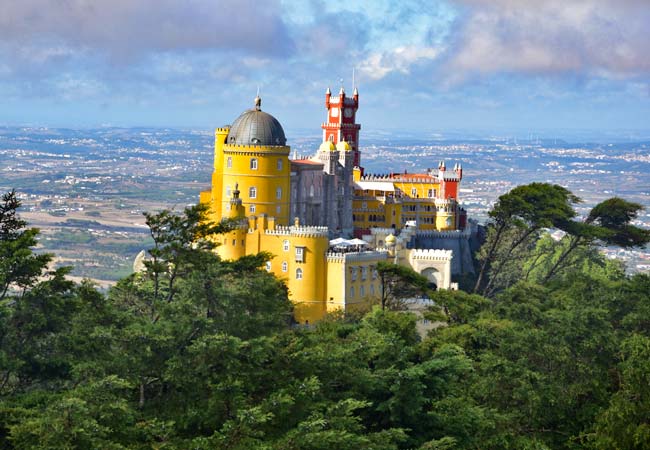
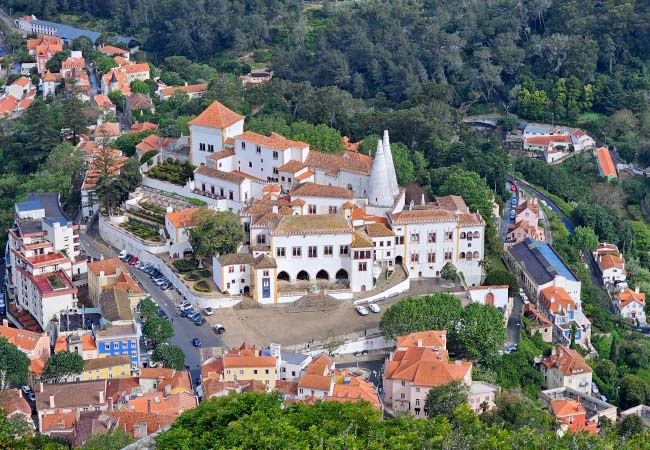
Day 4: A Day of Culture for a Wet Day
This day is a flexible part of the itinerary, designed to be used should the weather turn to rain. Lisbon is home to a superb collection of museums, offering world-class art and culture in beautiful, dry spaces.
Museum Options:
• Museu Nacional de Arte Antiga (National Museum of Ancient Art): As Portugal’s national art gallery, this museum is the most important of its kind in the country. Housed in a 17th-century palace, its collections are a comprehensive survey of Portuguese painting, sculpture, and decorative arts from the Middle Ages through the early 19th century. It offers a clear and profound narrative of the nation’s artistic evolution.
• Calouste Gulbenkian Museum: This museum presents a remarkable collection of global art assembled by a single individual, Calouste Gulbenkian. You can journey through millennia of human creativity, from ancient Egyptian and Greco-Roman artefacts to masterworks of European painting and Art Nouveau jewellery. The building itself is a celebrated piece of mid-century modern architecture, set within tranquil gardens.
• Museu Nacional do Azulejo (National Tile Museum): To understand a unique part of Portugal's identity, a visit to this museum is essential. It is dedicated to the azulejo, the decorative ceramic tile that adorns buildings across the country. Set within the beautiful Madre de Deus Convent, the museum’s exhibits trace the five-hundred-year history of the tile, showcasing its development from simple patterns to vast, intricate murals that tell historical stories.
• Museu do Fado (Fado Museum): Situated in the Alfama district, the birthplace of Fado music, this museum is dedicated to the country's most famous musical expression. It explores the history, emotion, and cultural significance of this melancholic and soulful music.

Day 5: Modern Lisbon and Elegant Quarters
Your final day in Lisbon offers a look at two contrasting sides of the city. Begin at the futuristic waterfront of Parque das Nações before spending the afternoon exploring some of the most elegant and stylish residential quarters, perfect for a final stroll and some sophisticated shopping.
Morning: Parque das Nações
This modern district on the city’s eastern waterfront was built to host the 1998 World Expo. Its bold, contemporary architecture and spacious public areas have a clean, sharp appeal on a bright winter day. The main attraction here is the Oceanário de Lisboa, one of the world's most impressive aquariums. This world-class facility is designed around a colossal central tank that creates the illusion of the open ocean, while four surrounding habitats represent different marine ecosystems from across the globe. It is an excellent all-weather activity that provides an immersive look into the planet's underwater worlds.
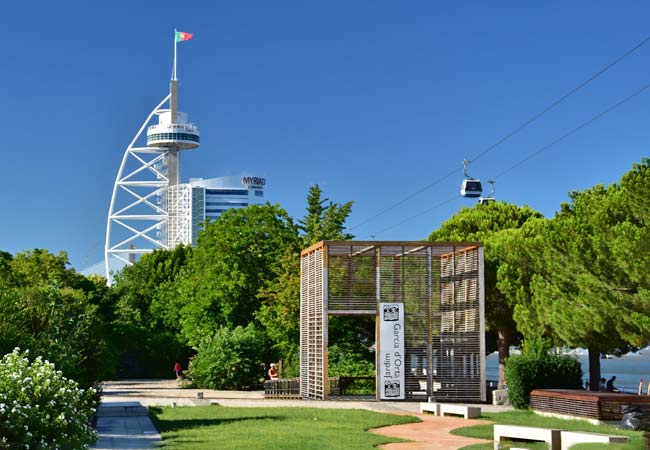
Afternoon: Príncipe Real, Estrela, and Bairro Alto
As the afternoon light softens, head to the sophisticated neighbourhoods of Príncipe Real and Estrela. Príncipe Real is known for its 19th-century mansions, charming gardens, and a curated selection of independent shops. Here you will find concept stores, antique dealers, and designer boutiques, offering a more relaxed and refined shopping experience.
A short walk away is the magnificent Basílica da Estrela. This grand, domed church is a landmark of the late Baroque and Neoclassical periods, with an ornate interior of marble and paintings. As dusk begins to settle, the area's streets and shops light up, and its many cosy cafes and stylish bars provide a warm and welcoming atmosphere. It is an ideal setting to enjoy a final drink and reflect on your winter visit to the Portuguese capital.
Discover more of Lisbon with our most popular guides
If you've found our content valuable, we'd welcome your support.
The digital publishing landscape has evolved significantly. As a small independent publisher, we face growing challenges. Search engines increasingly favour paid content over organic results, while AI-generated content often reproduces original work without attribution.
To support our work, please consider bookmarking this page (press Ctrl + D) for quick access. If you find an article helpful, we'd be grateful if you'd share it with friends on social media.
For specific questions, please see our Reddit community at r/LisbonPortugalTravel.
Should you notice any outdated or incorrect information, please contact us at [email protected]
Thank you for helping us continue to provide valuable content in an increasingly challenging digital environment.
A complete list of all of our Lisbon articles
If you've found our content valuable, we'd welcome your support.
The digital publishing landscape has evolved significantly. As a small independent publisher, we face growing challenges. Search engines increasingly favour paid content over organic results, while AI-generated content often reproduces original work without attribution.
To support our work, please consider bookmarking this page (press Ctrl + D) for quick access. If you find an article helpful, we'd be grateful if you'd share it with friends on social media.
For specific questions, please see our Reddit community at r/LisbonPortugalTravel.
Should you notice any outdated or incorrect information, please contact us at [email protected]
Thank you for helping us continue to provide valuable content in an increasingly challenging digital environment.



































